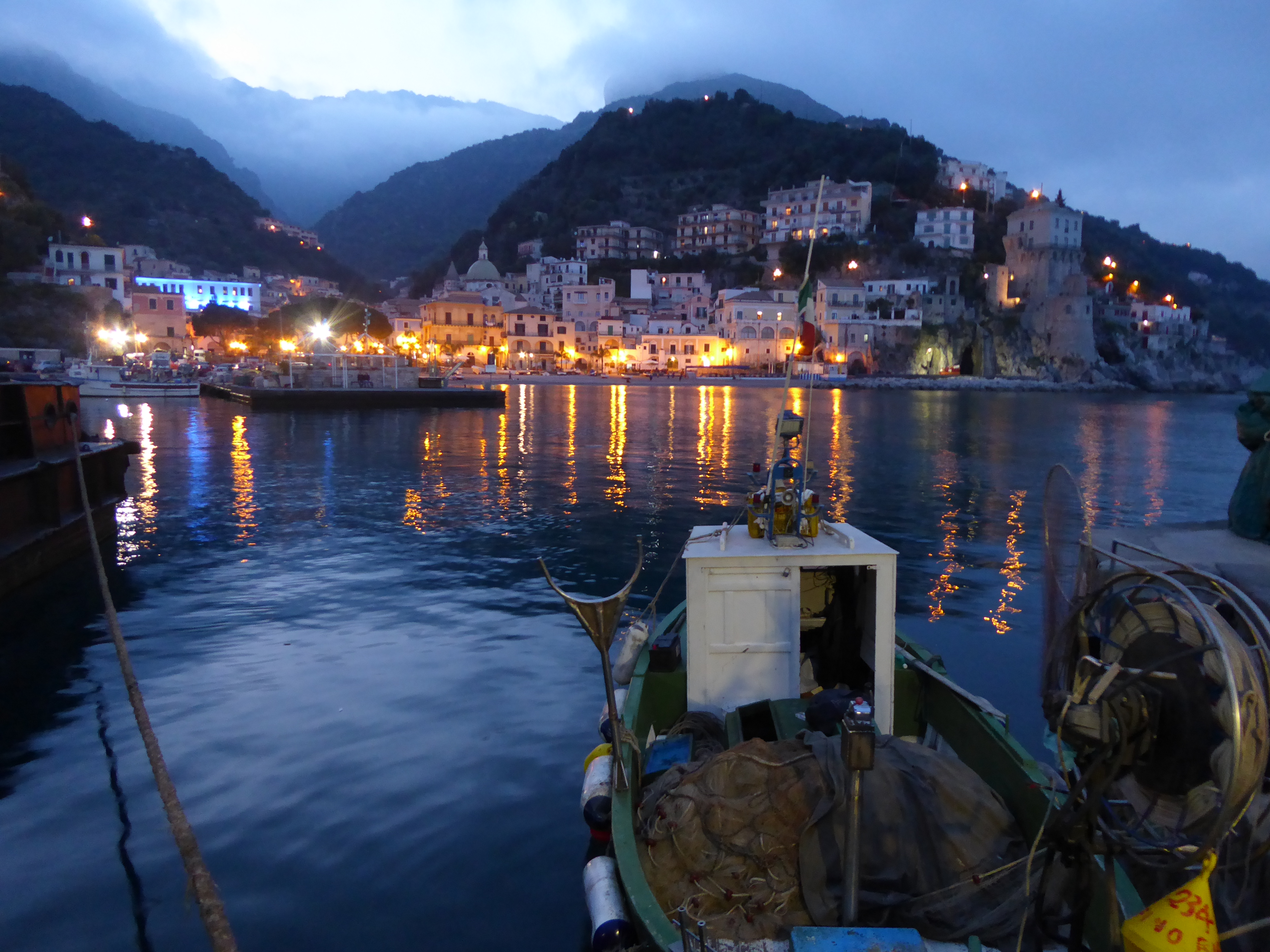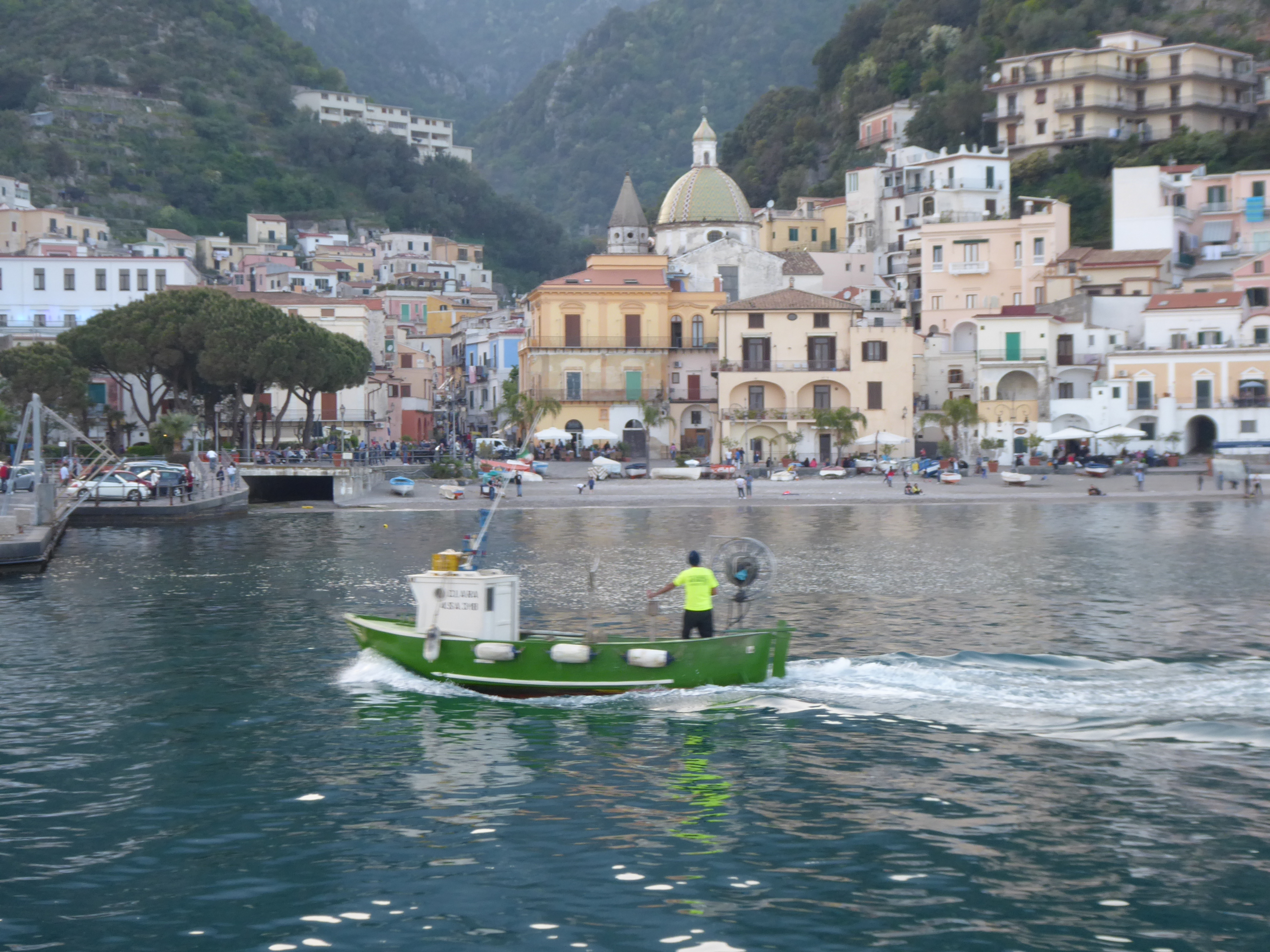
19 to 30 April
The Amalfi Coast is only 50 kilometers long, but includes bustling cities, picturesque towns built vertically on hillsides with endless steps, and charming fishing villages. The serpentine, narrow road-yet another one-that runs along it offers spectacular views as do its many meandering walking paths. Orchards of lemon, orange, and nespole trees thrive. Boats of all sizes shuttle to and fro on the open waters. Fresh fish and local specialties satisfy palates.
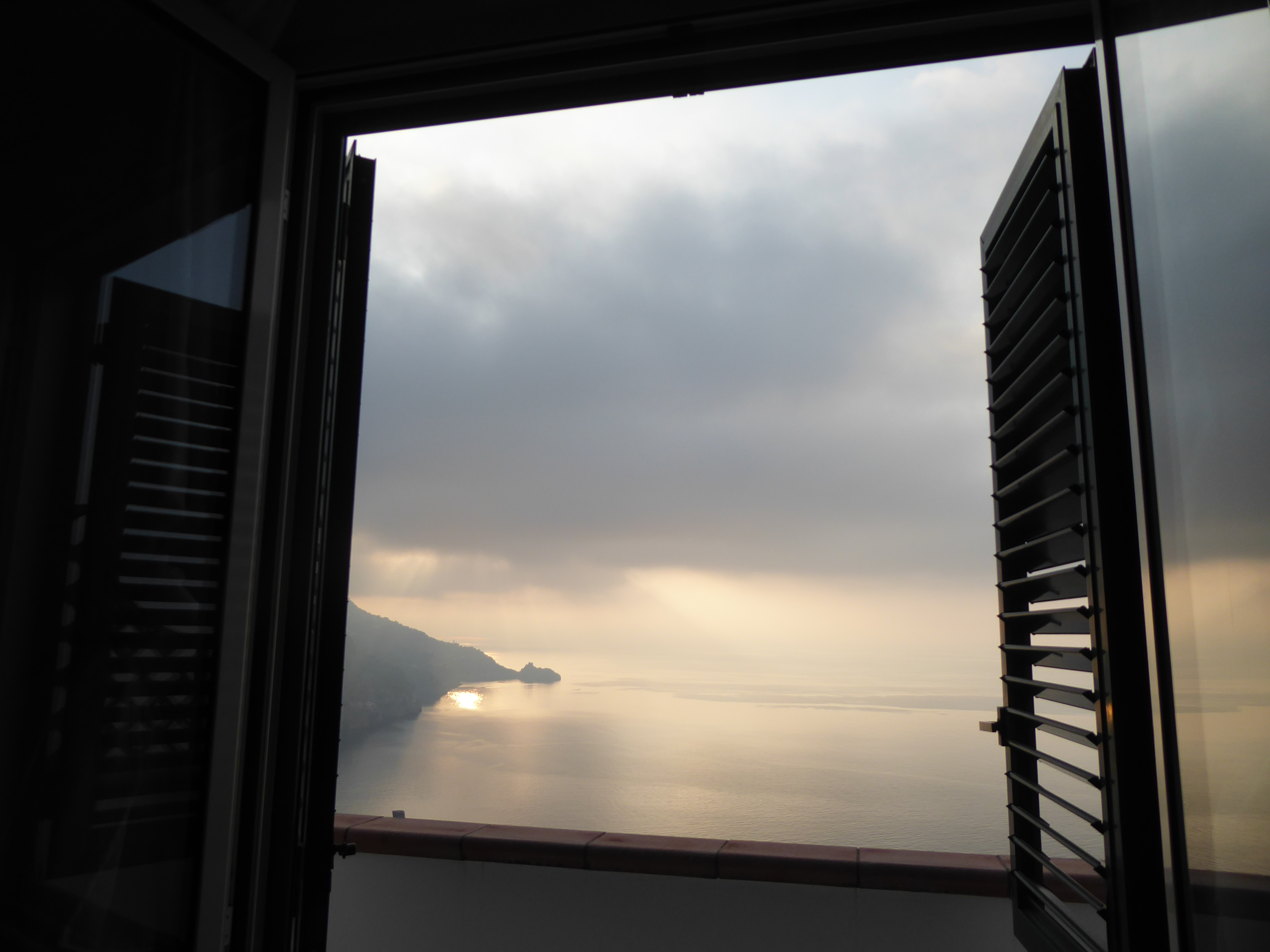
I decided to stay four nights in Praiano, noted to be less touristy than its extremely popular neighbor, Positano.
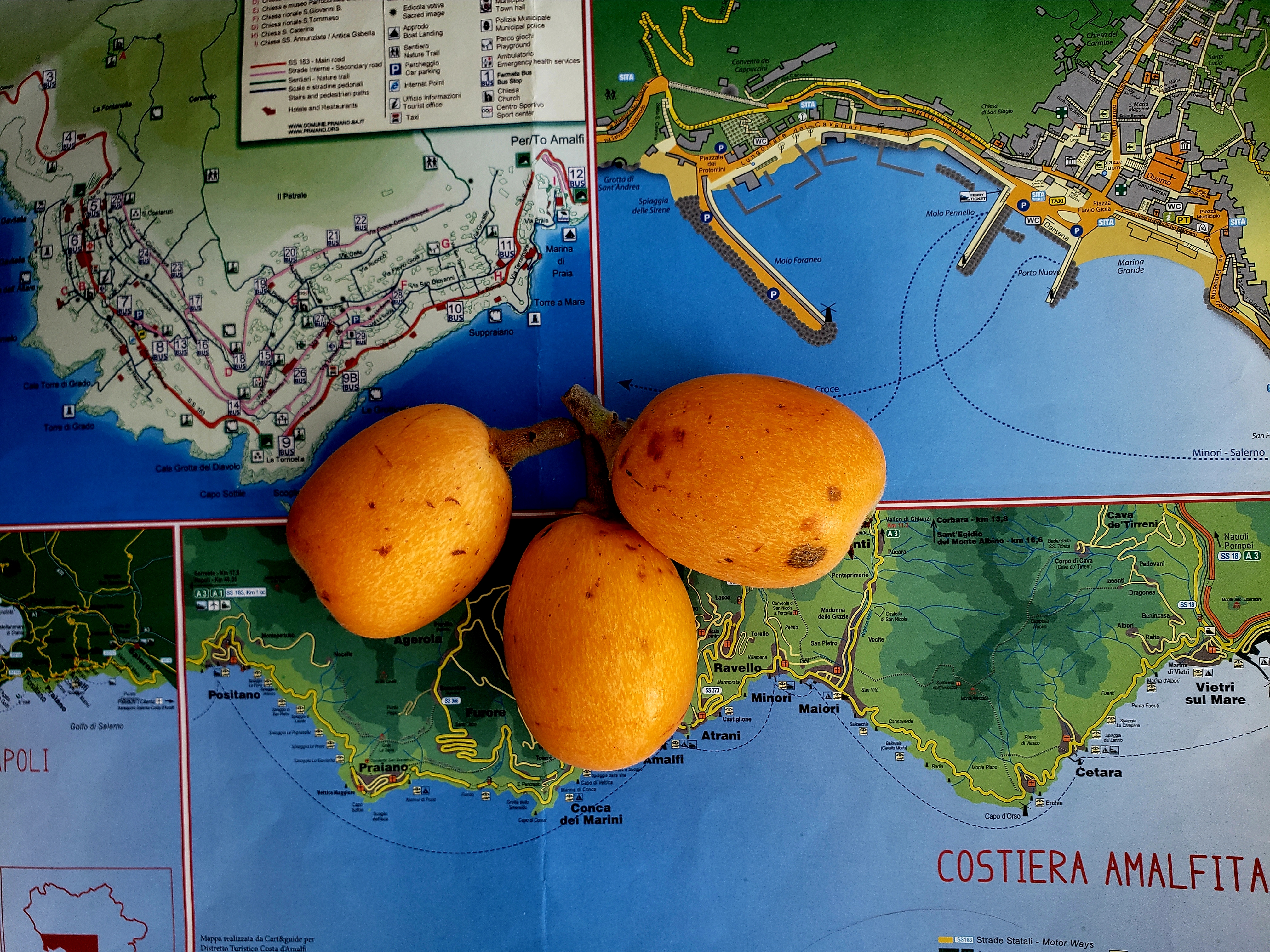
The “Sentiero degli Dei (Walk of the Gods)” renowned for fantastic views of the coast, connects the towns of Praiano and Positano, and began steps from my front door. I prepared myself for the 1200 steps up from Praiano to its highest point, opting for a cooler day which I got, but with it, a dense fog. However, I hadn’t read about the 1400 steps down into Positano, which proved to be far more taxing than the ascent, nor the path I could have taken to avoid them. But I had no regrets. I passed through fruit orchards, listened to songbirds, admired the views when the clouds cleared, and soaked in the natural beauty of the region.
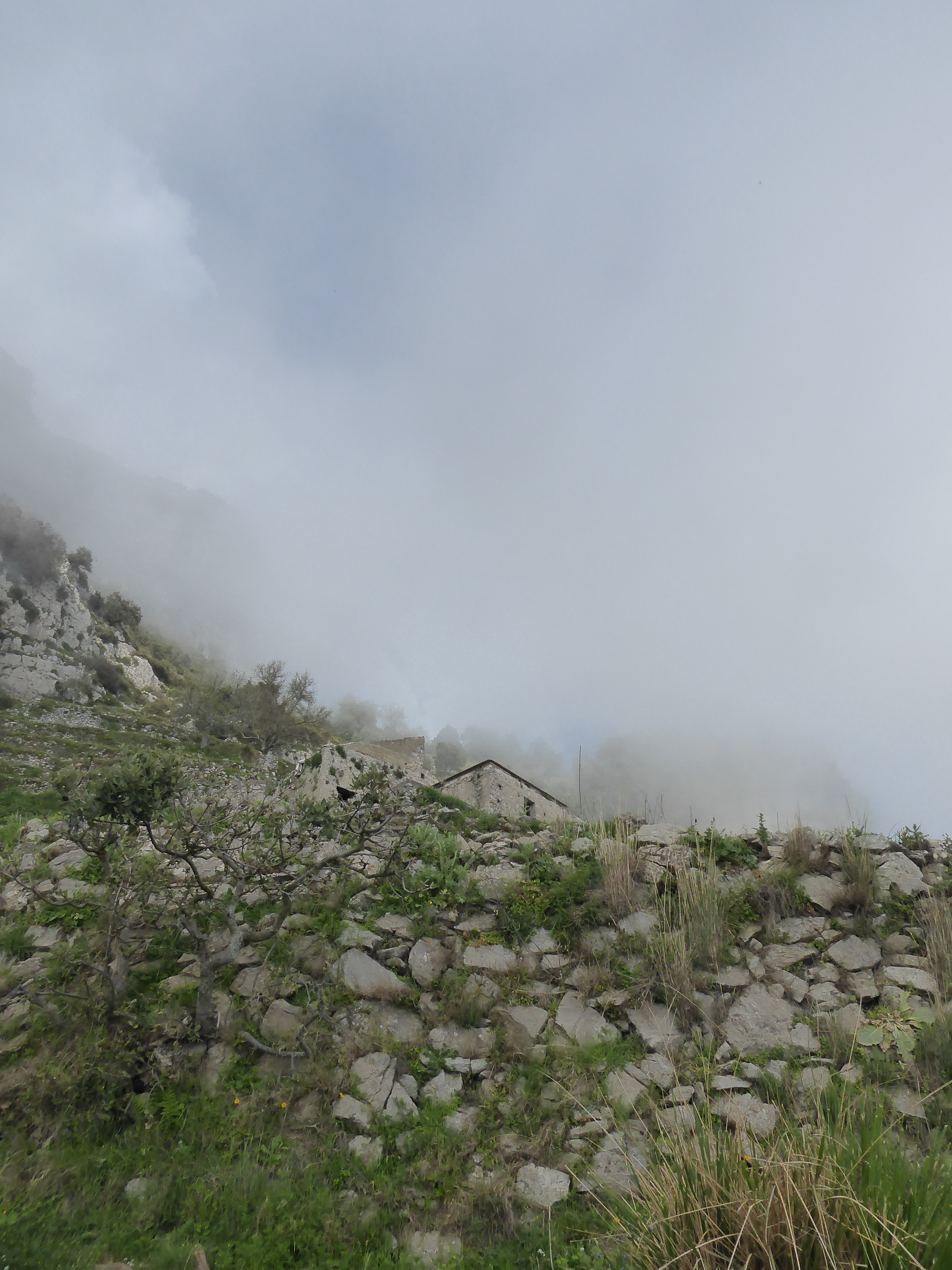
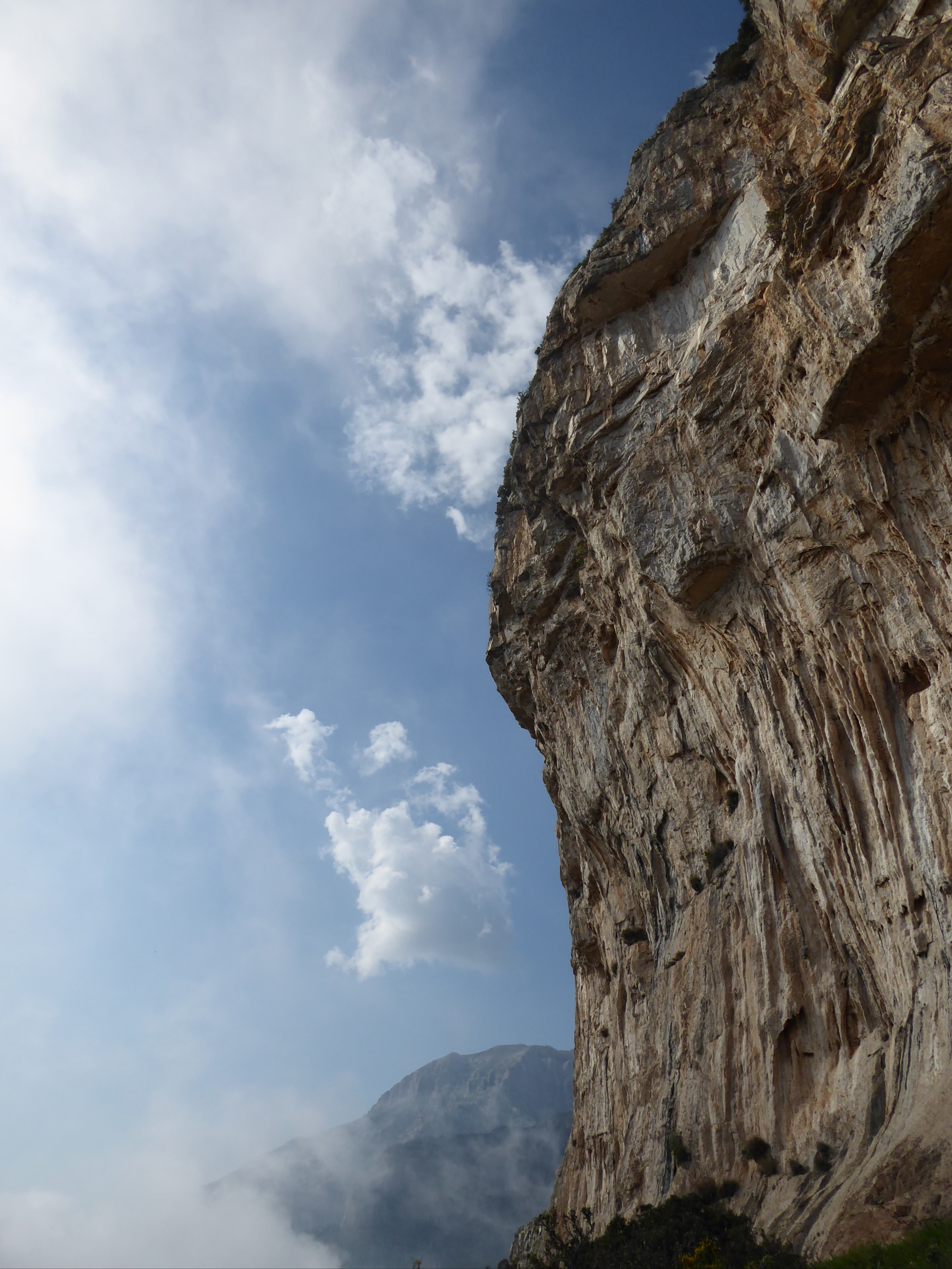
On another day I took a different, far less taxing, yet still beautiful walk (Path of the Lemons)- between the towns of Maiori and Minori. I imagine there was a time when residents frequently commuted by foot, but now, besides the residents who live along it, and the occasional donkeys, I mostly saw tourists. 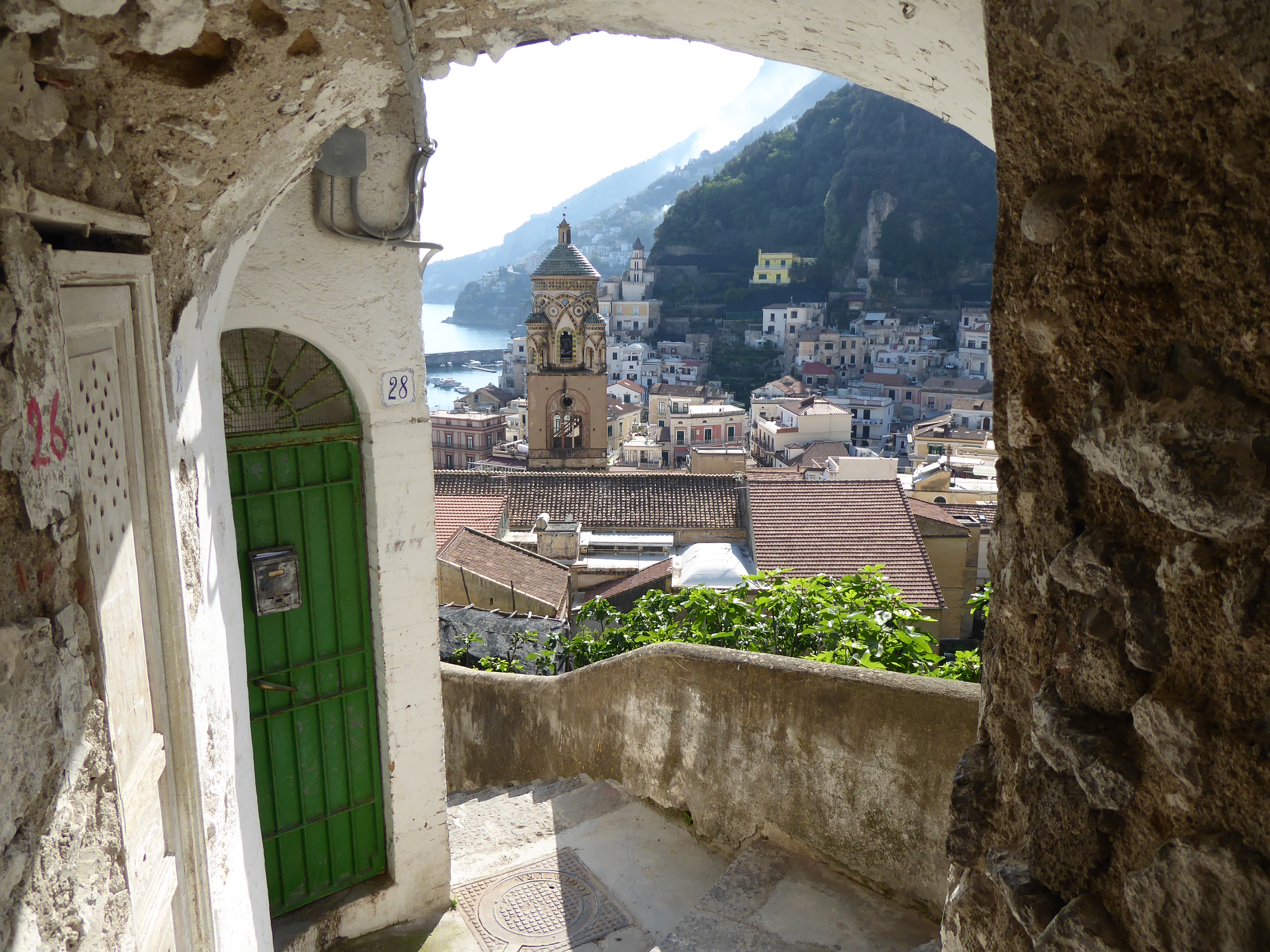
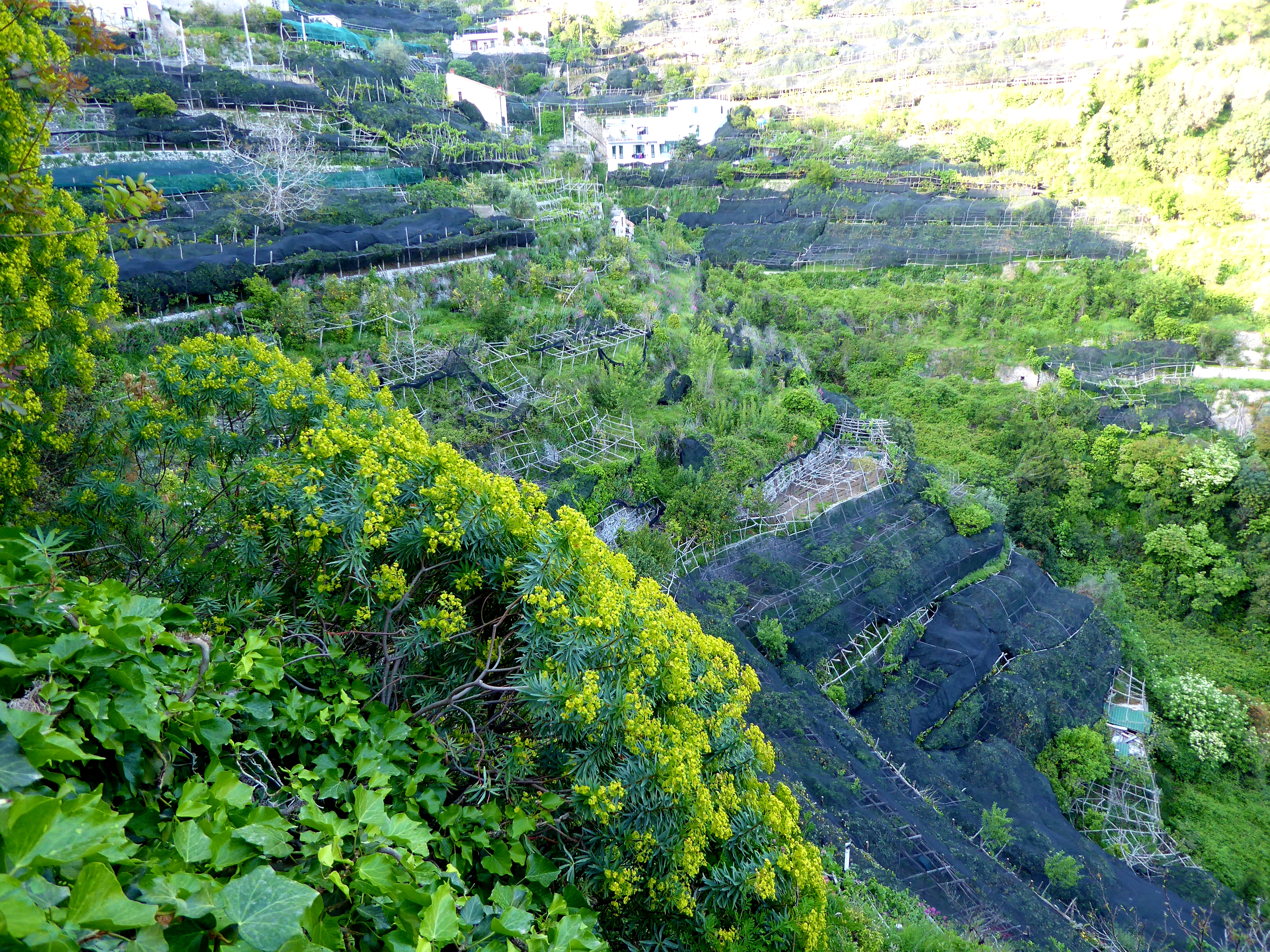
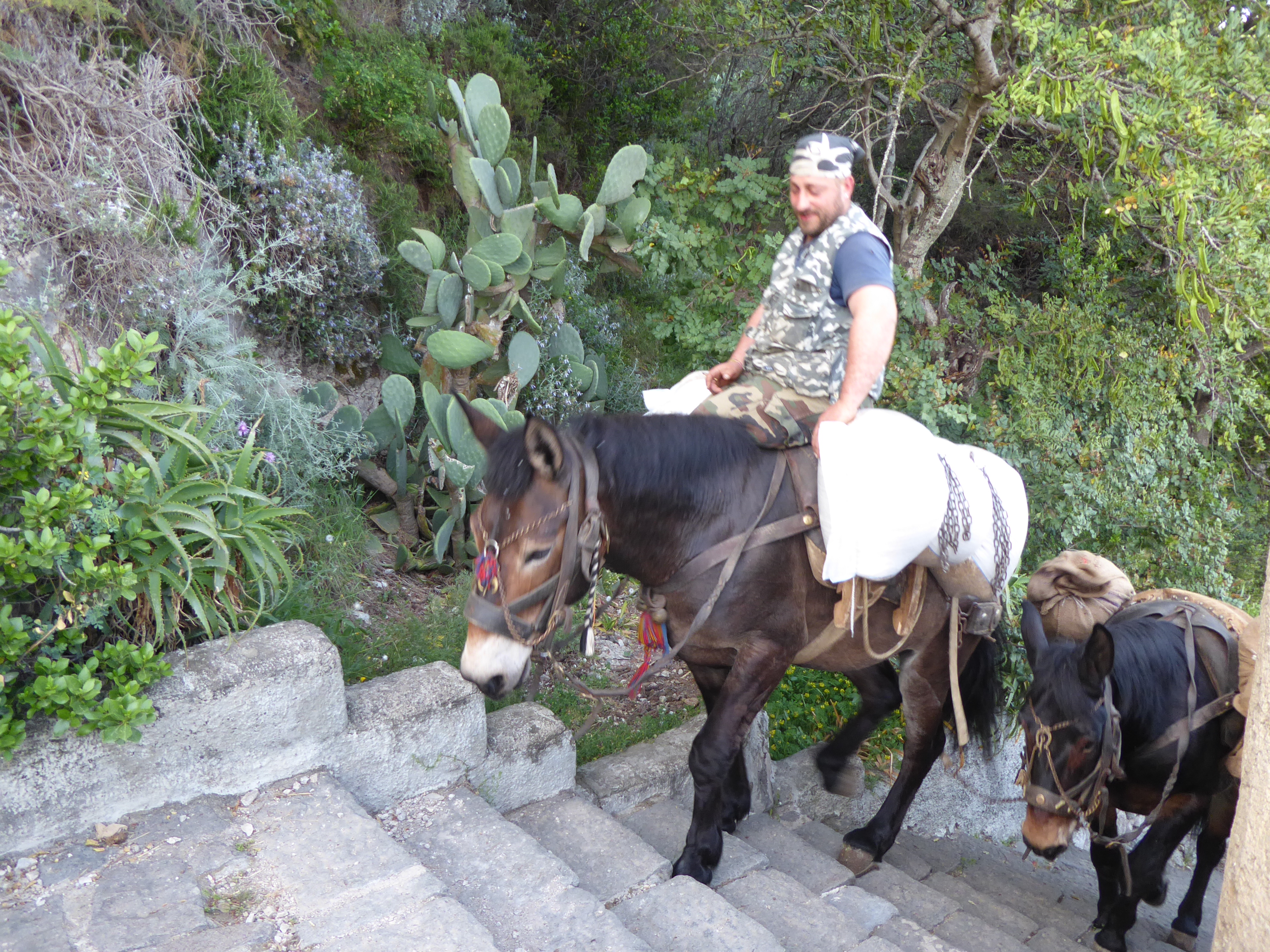
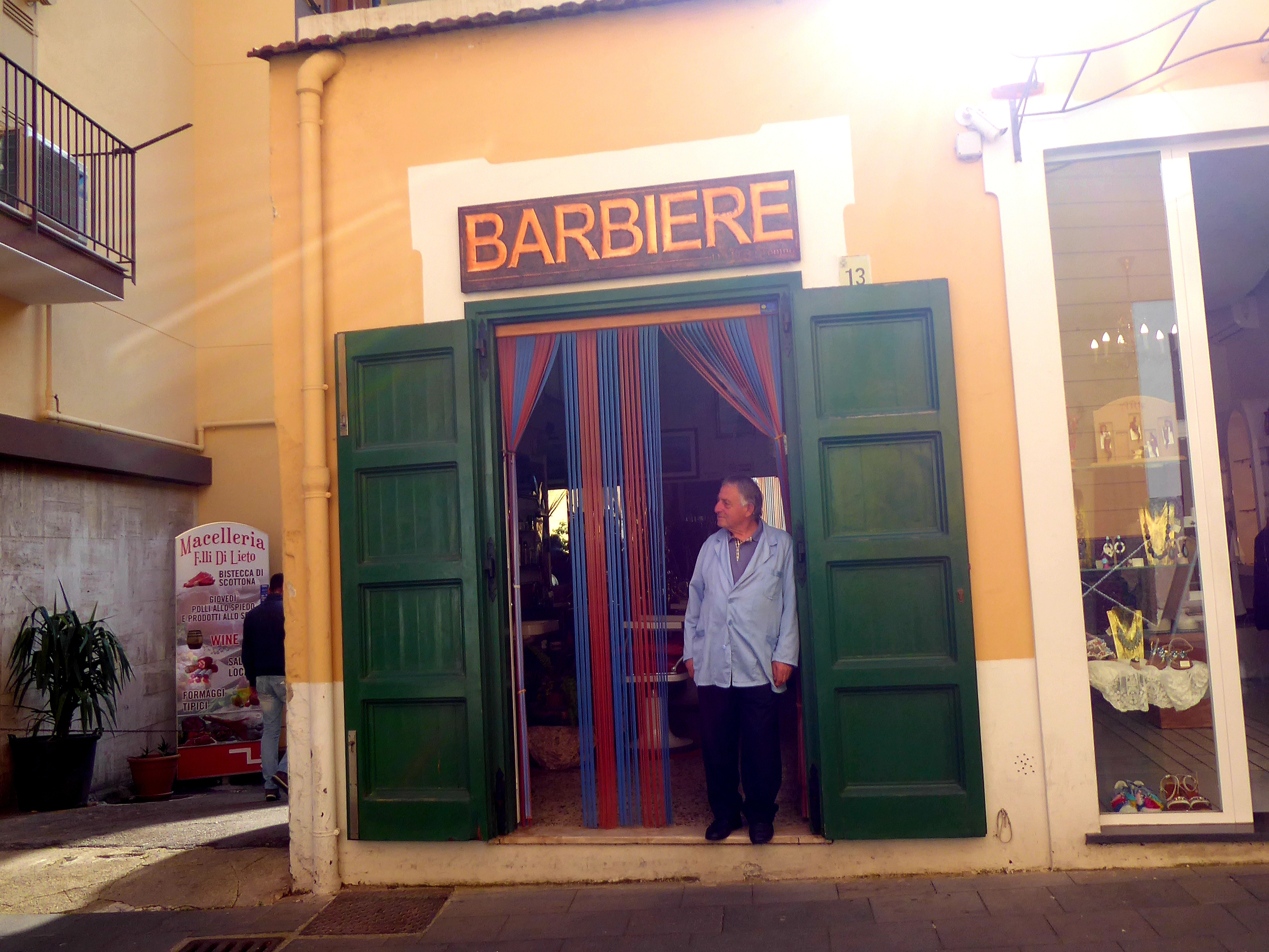
I’ve been enjoying recalling the Italian I knew and engaging in conversations with the locals. Although I do not understand every word, I usually get the gist.
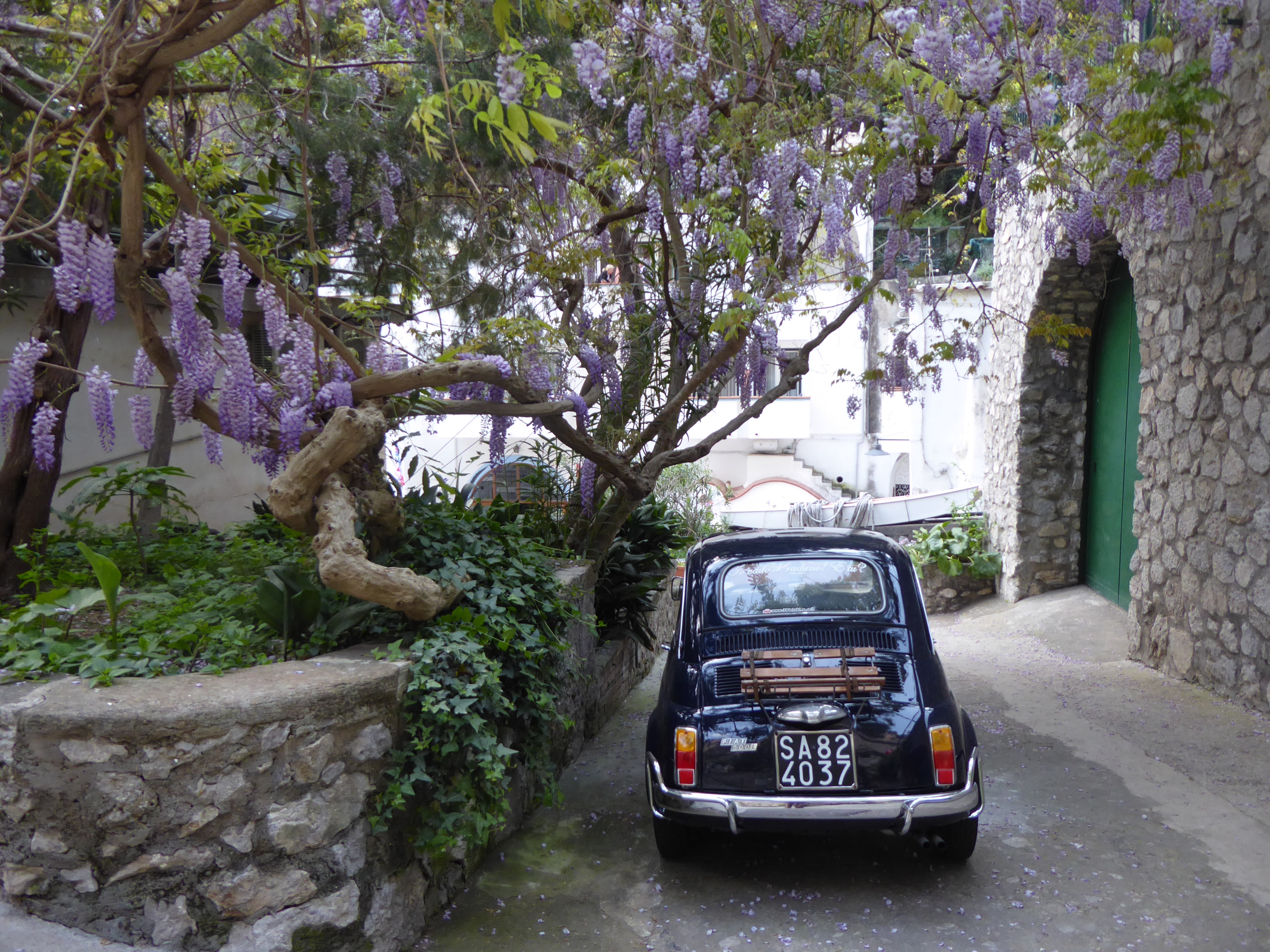
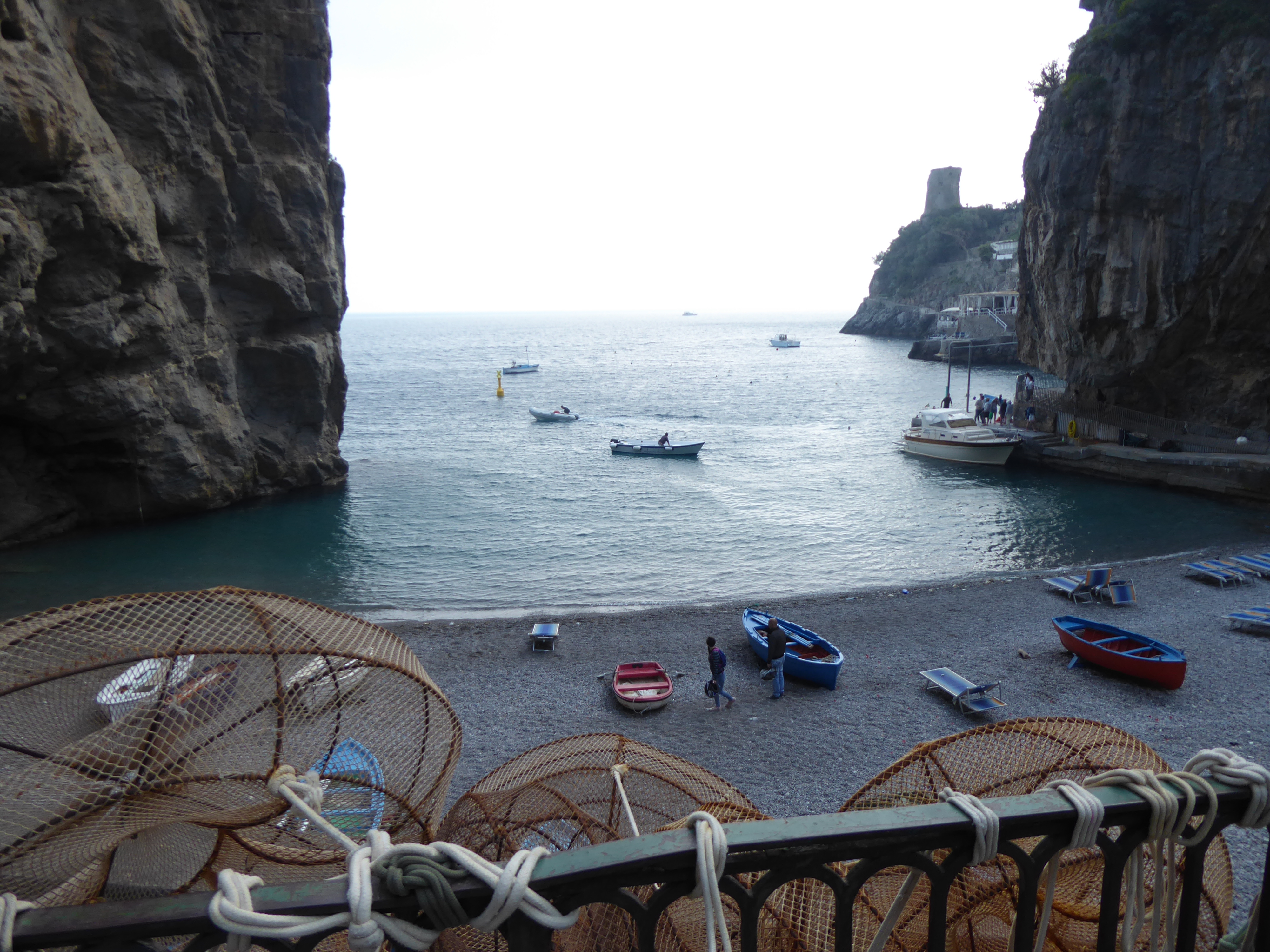
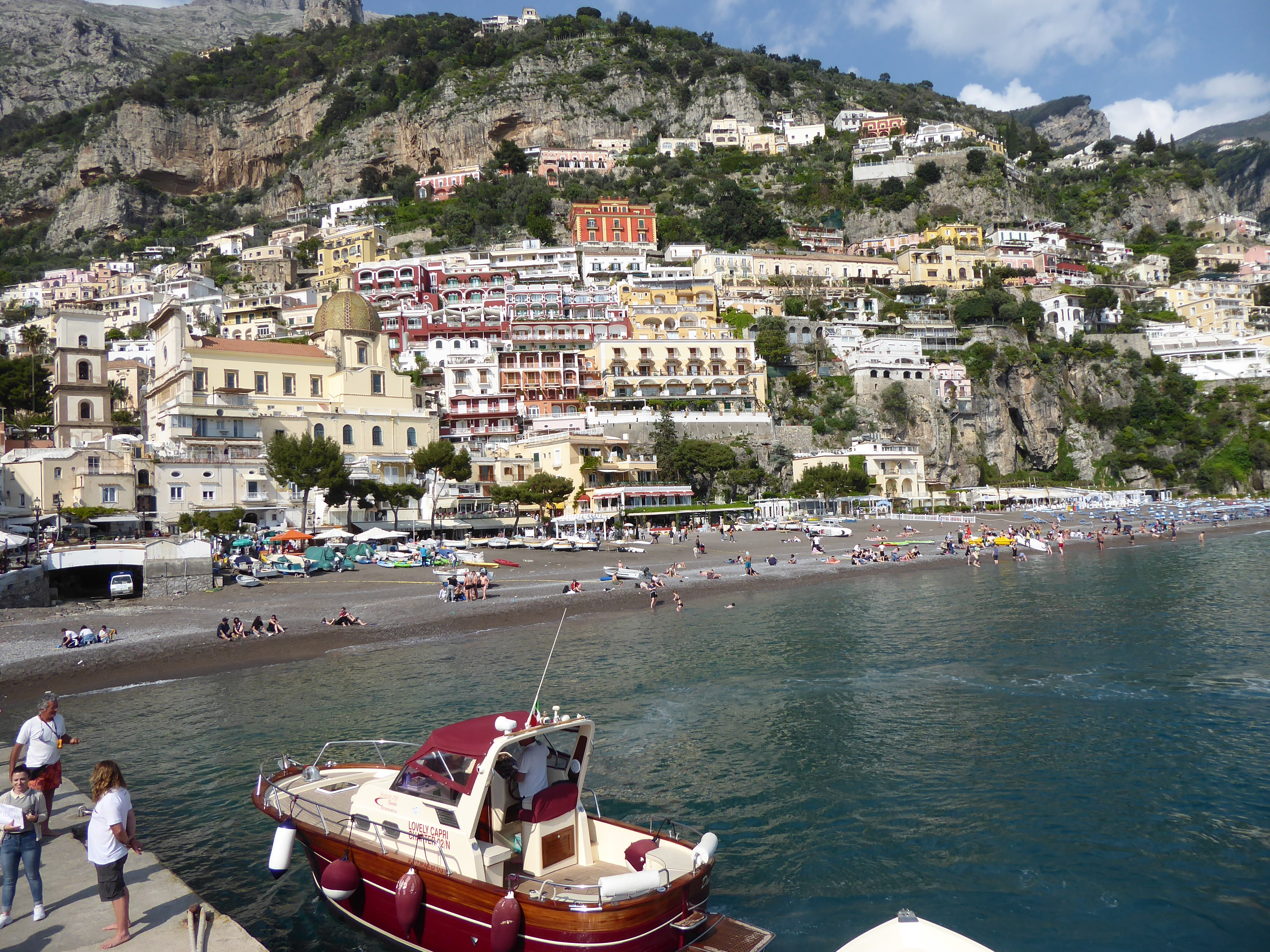
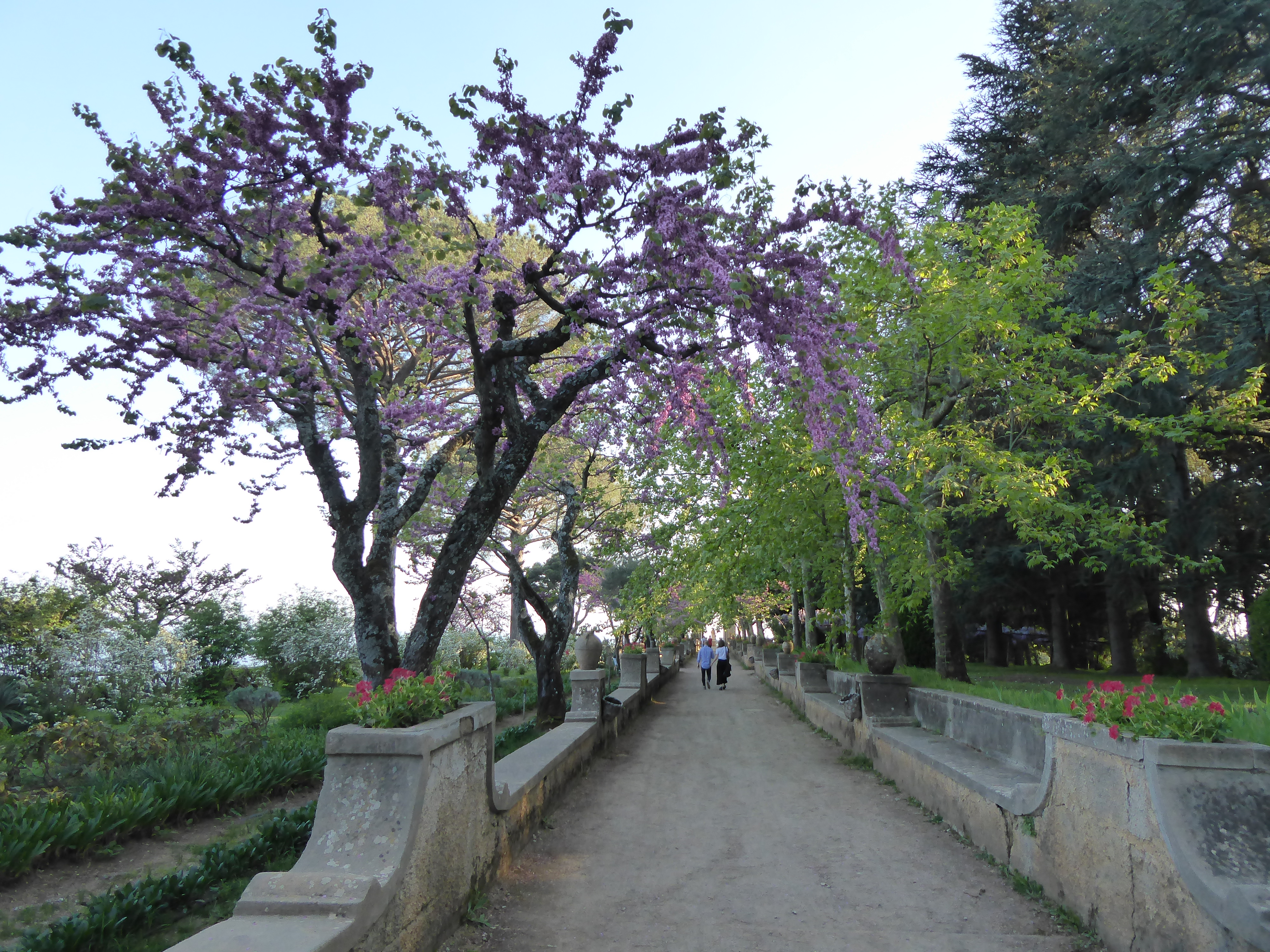
After Praiano, I stayed in the small fishing village of Cetara, known for its tuna fishing and a pasta sauce made from anchovies. I spent days watching the fishermen-something I never tire of- mending their nets and heading out to sea. These same men would gather to chat in groups, while their wives joined together to catch up on their days. The women interrupted their conversation to yell at their children, who were playing shoot-em-up with sticks(the boys), tag, hide-and-seek, riding back and forth on their bicycles, when they engaged in some mischief.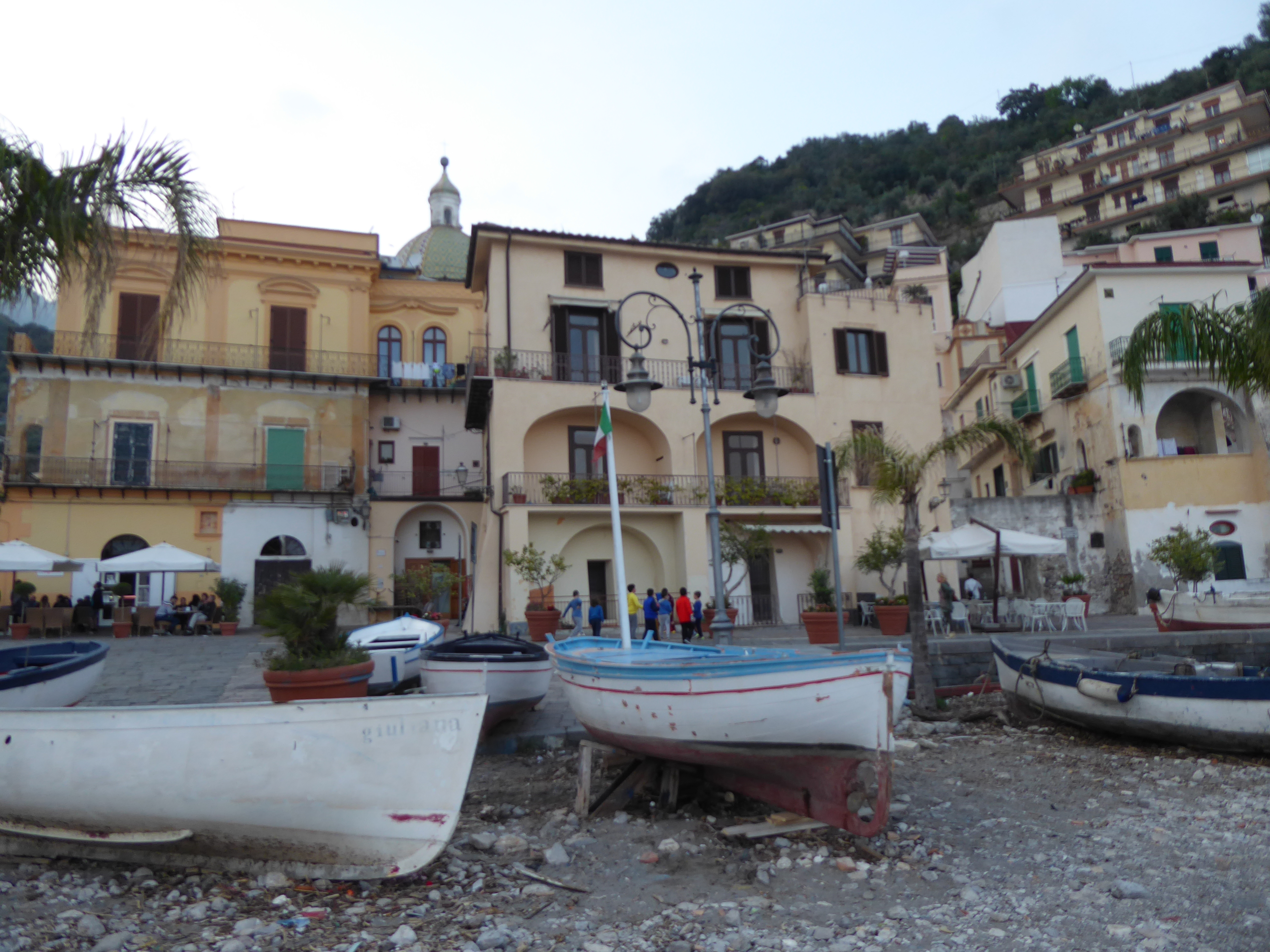
Distances between towns are short, but travel time can be long on the congested coastal road. Traffic comes to a stand when two buses maneuver around each other.
Small ferries from Cetera to the train in Salerno, were available. I took them to Paestum.
Paestum is an ancient site, I’d never heard of, dating back to Greek times: a great place to spend the day, despite the fierce Mediterranean sun.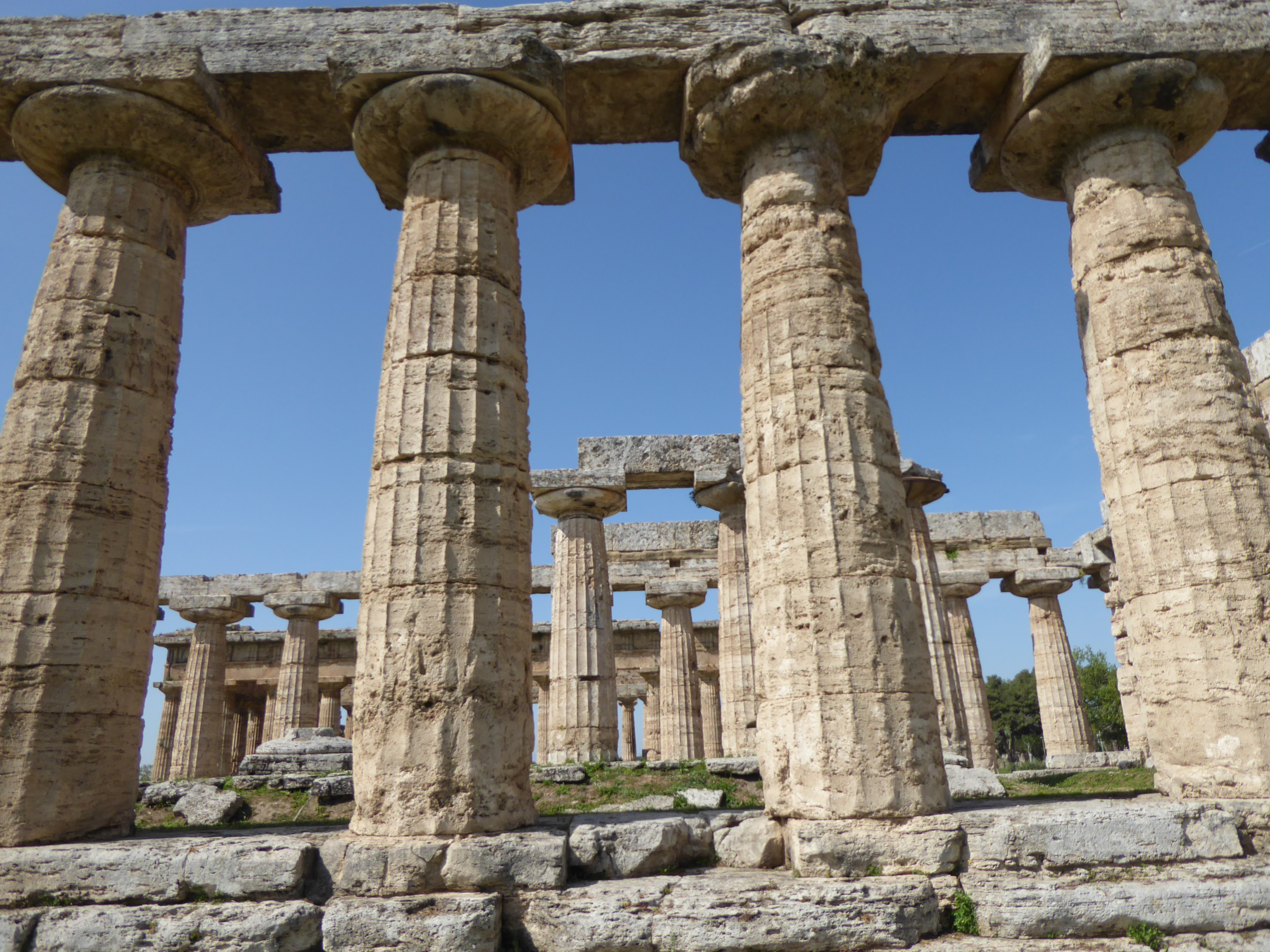
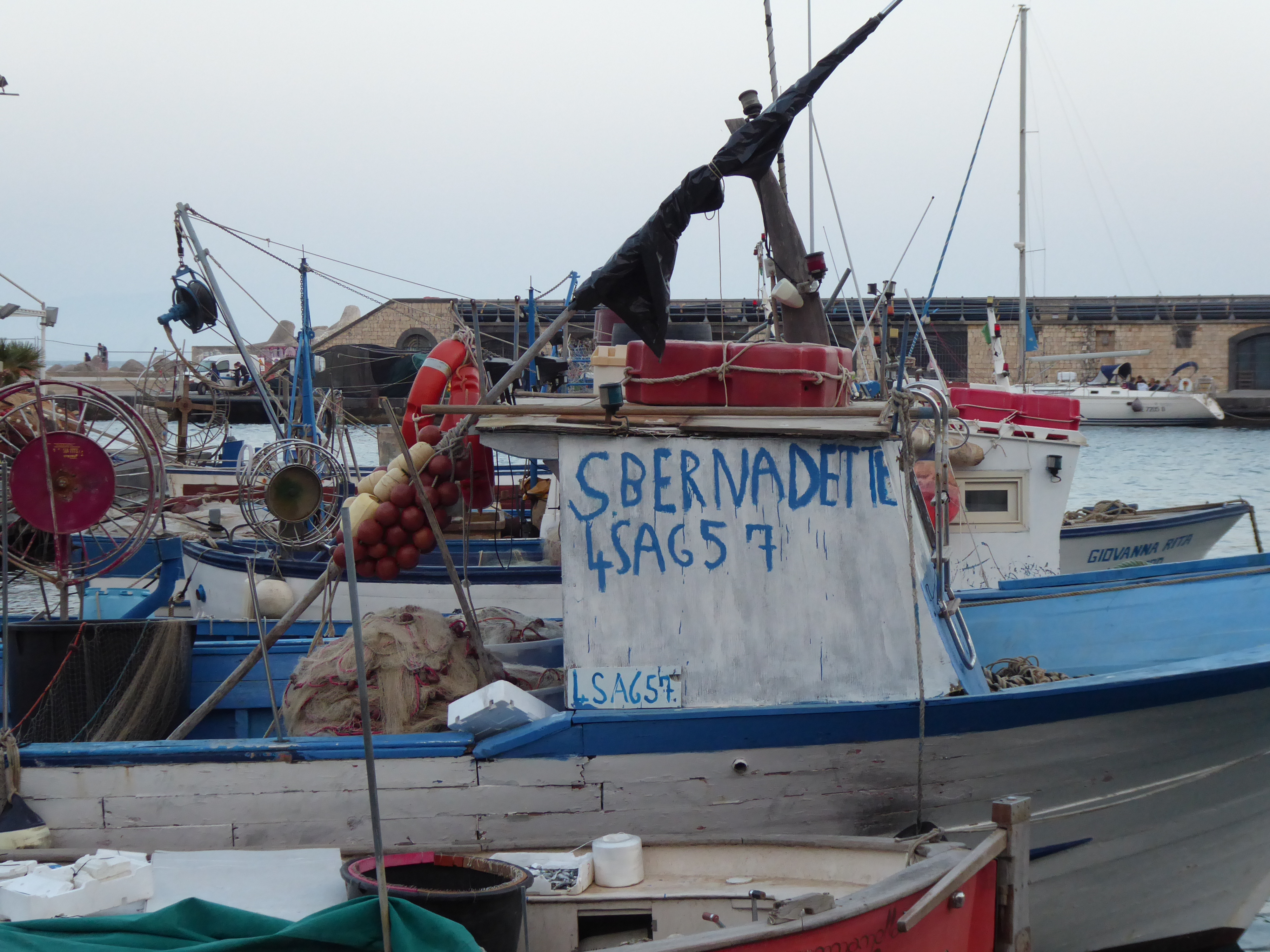
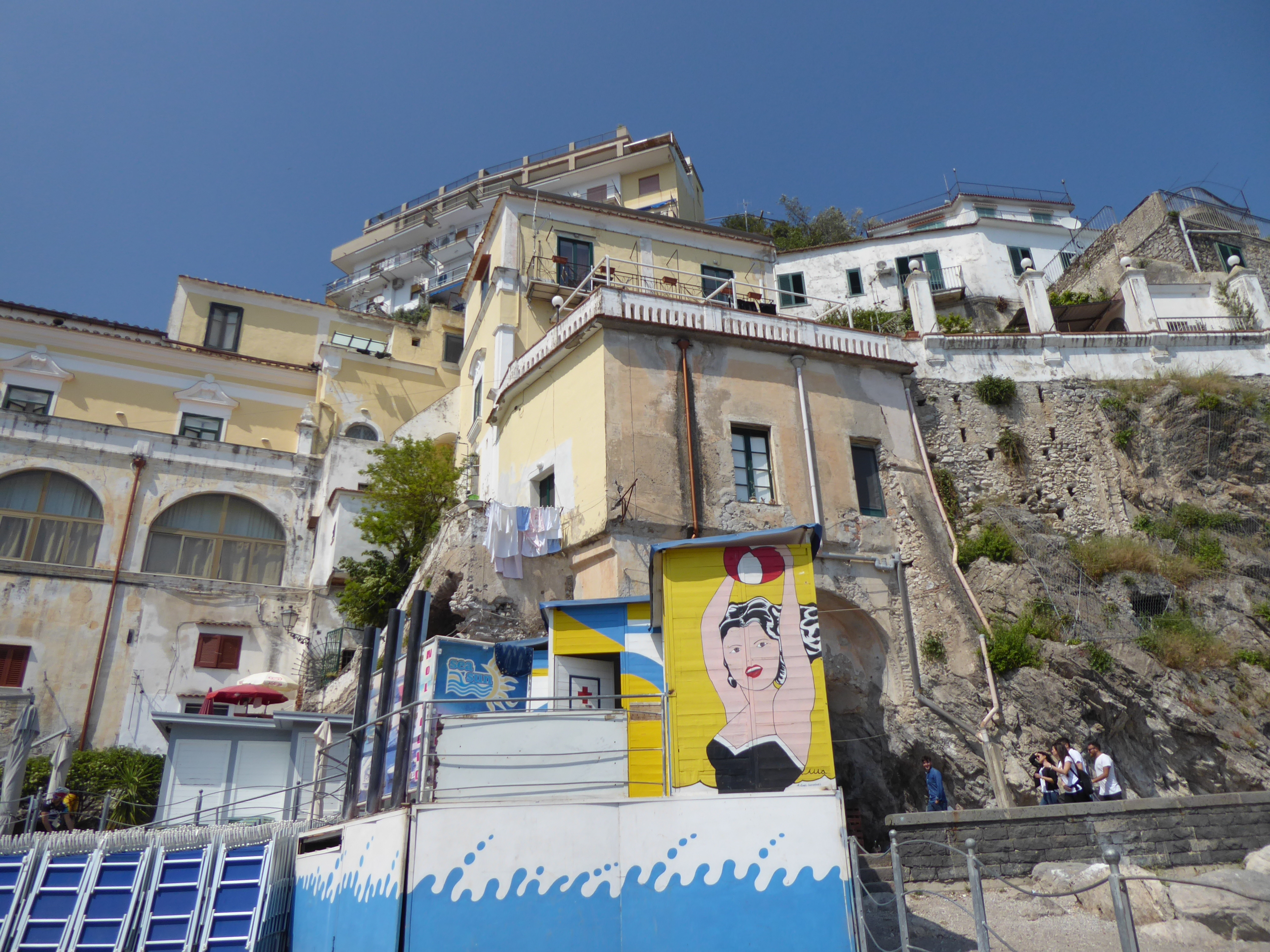
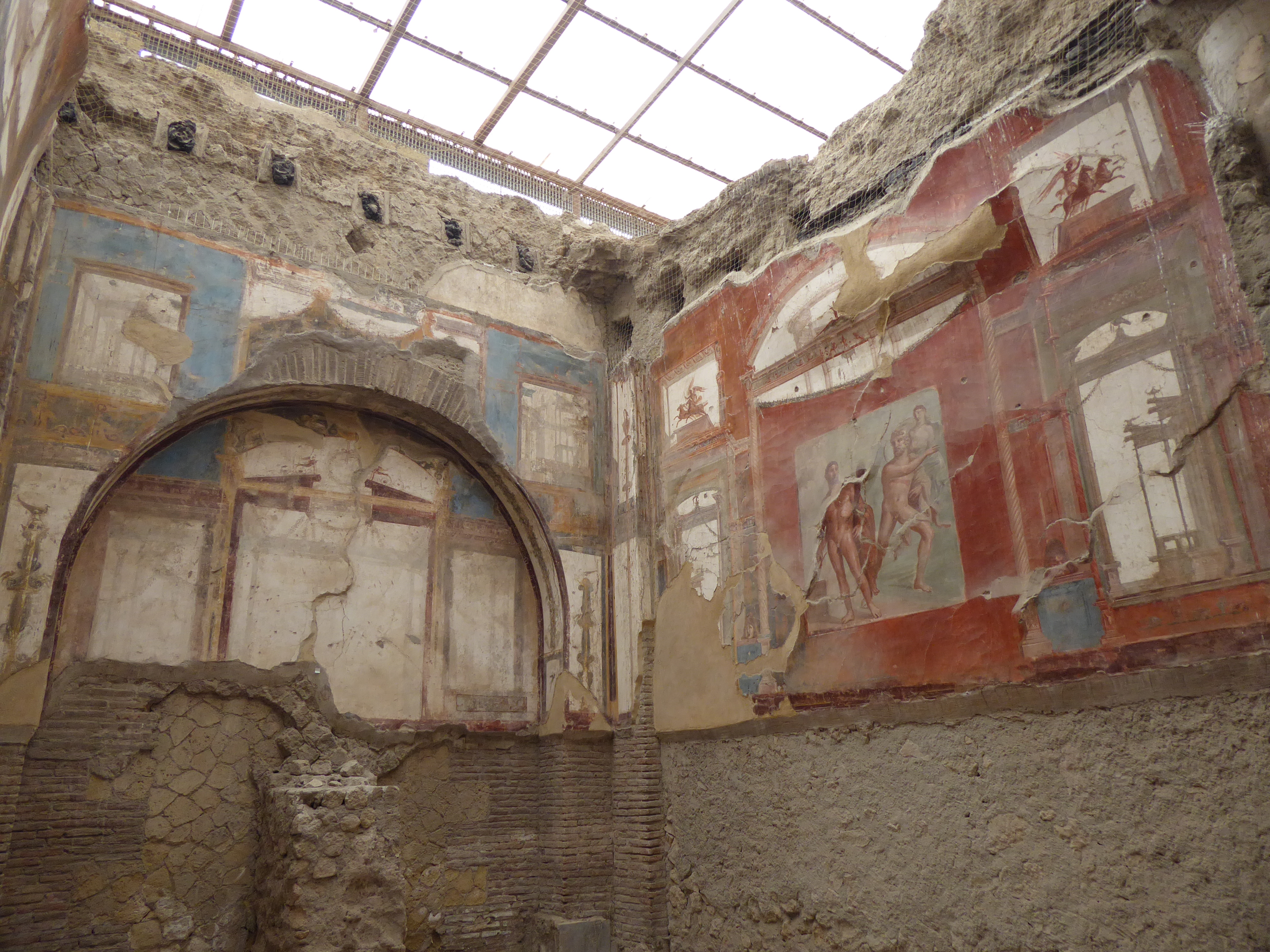
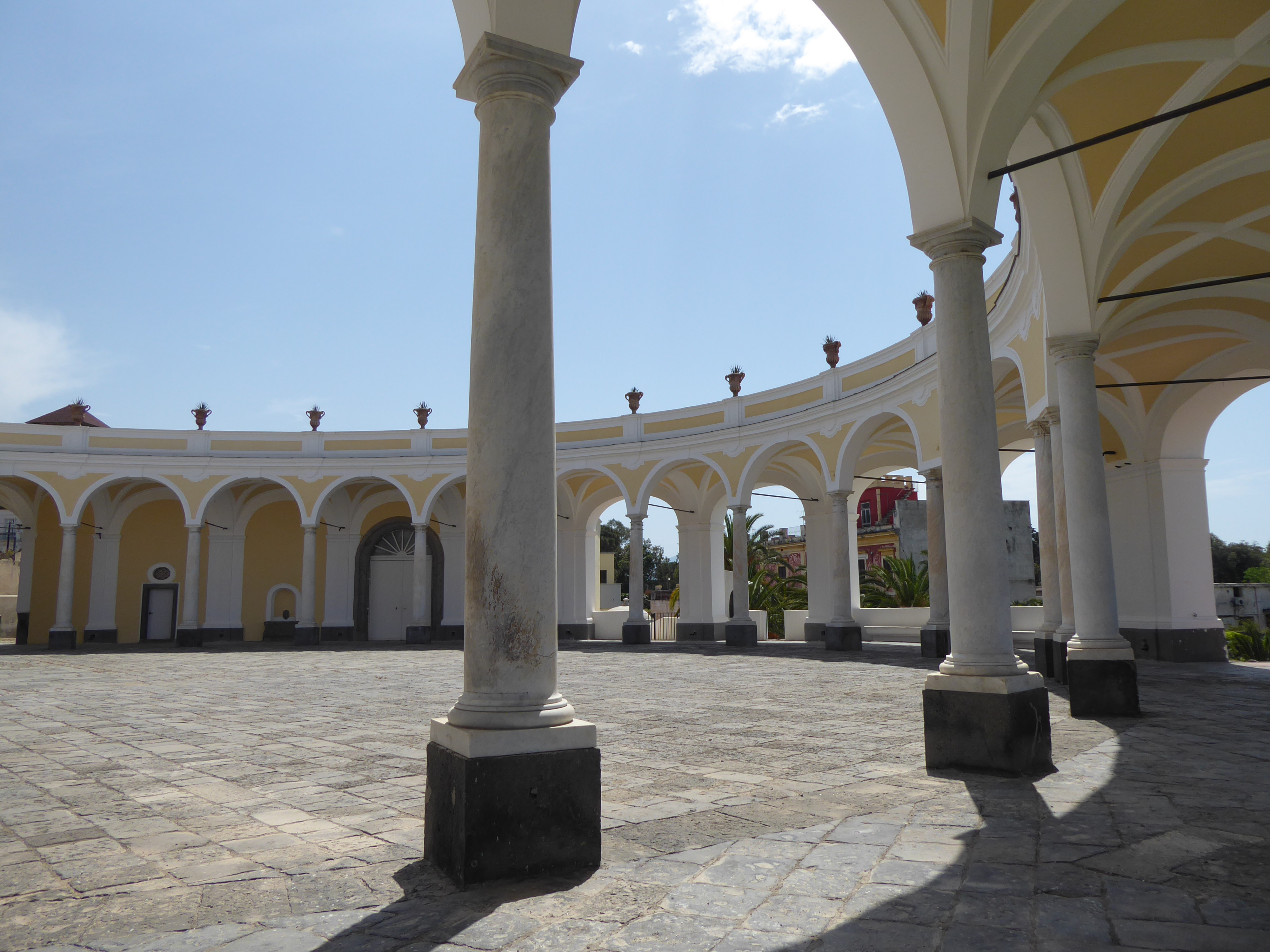
Exploring the Amalfi Coast revealed much of its splendor, but undoubtedly not all.